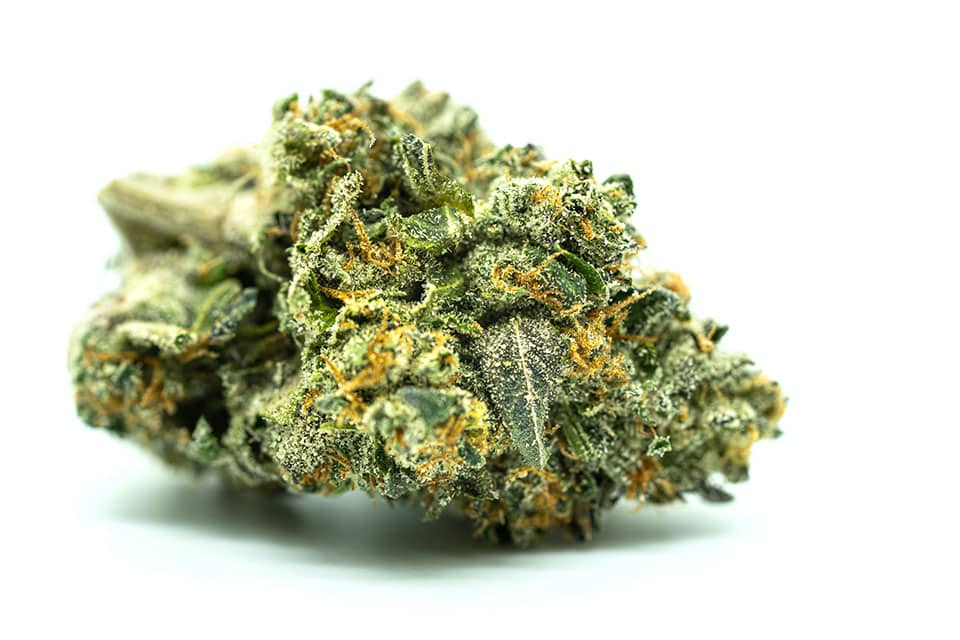So, what is CBG?
It’s referred to as, “the first cannabinoid” because it is the first cannabinoid that forms in the cannabis sativa plant and it is responsible for the production of CBD. Before cannabinoids are converted into THC or CBD, they are first CBG. Through decarboxylation, a chemical reaction that comes from heating a cannabinoid to the point of removing a carboxyl group, which enhances the cannabinoid’s ability to interact with the body’s receptors, CBGA turns into CBG.
This conversion from CBGA into tetrahydrocannabinolic acid (THCA), cannabidiolic acid (CBDA) or cannabichromenic acid (CBCA), happens as the cannabis plant grows and matures. Most cannabis plants show low concentrations of CBG. Plants that are CBG dominant are known as “Type IV Cannabis”. Similar to CBD, it has not been found to have hallucinogenic properties like THC.
CBG still needs to be thoroughly researched and has yet to have clinical trials that explore the effects on humans. Research is currently focused on its ability to treat glaucoma and relieve intraocular pressure, its antibacterial properties, its ability to calm the body physically and mentally, its ability to handle inflammation and fight cancer.
To find out if a CBD product you’ve purchased contains any CBG, check the COA.

